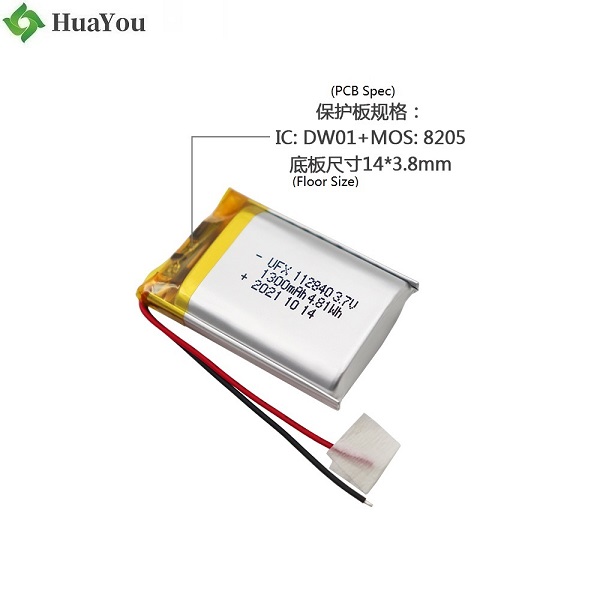The negative electrode of lithium ion battery is made by mixing the negative active material carbon material or non-carbon material, binder and additives to form a paste glue, evenly spreading it on both sides of the copper foil, drying and calendering it.

The negative electrode material is the main body of lithium-ion batteries to store lithium, allowing lithium ions to be inserted and extracted during charging and discharging. When a lithium battery is charged, the lithium atoms in the positive electrode are ionized into lithium ions and electrons, and the lithium ions move to the negative electrode to synthesize lithium atoms with the electrons. During discharge, lithium atoms are ionized in the graphite crystal from the surface of the negative electrode into lithium ions and electrons, and lithium atoms are synthesized in the positive electrode.
In the lithium-ion battery materials, the negative electrode material is an important component, which can have a greater impact on the performance of the overall lithium battery. At present, anode materials are mainly divided into two categories, one is carbon materials for commercial applications, such as natural graphite, soft carbon, etc., and the other is non-carbon anode materials that are under research and development, but the market prospects are promising. For example, silicon-based materials, alloy materials, tin-gold materials, and so on.
1. Carbon anode material
This type of material is a balanced negative electrode material in terms of energy density, cycle capacity, or cost input. It is also the main material that promotes the birth of lithium-ion batteries. Carbon materials can be divided into two categories, namely graphitized carbon materials and hard carbon. Among them, the former mainly includes artificial graphite and natural graphite.
2. Natural graphite
Natural graphite also has many advantages. Its crystallinity is higher, there are more places where it can be inserted, and the price is lower, making it an ideal lithium-ion battery material. However, it also has certain drawbacks, such as poor compatibility when reacting with electrolyte, and many defects on the surface during pulverization, which will have a large adverse effect on its charging or discharging performance.



